Our stairwell has been through a lot over the years. From gallery walls and then no frames, to a new railing and the elimination of a DIY baby gate that was attached to the wall, the scars and gashes the drywall has seen in this corner of our house have been too many to count! Not to mention, our slight orange peel textured walls definitely throws a curve ball in the mix when it comes to patching. But, recently, we finally got around to patching where the old railing attached to the wall (a deep hole!) and where the baby gate attached (minor) and wanted to take you through our fool-proof method.
First, you're going to need a few tools in your arsenal to get the job done right. After 8 years of doing this, we swear by:
1. Fibatape. If you have huge holes or deep gashes, this self-sticking tape is gonna be your best friend.
2. Wall Texture Spray. If you have a slight or heavy texture on your walls, this is one of the most crucial, and often passed over, steps to do to make the patch completely disappear. If you have smooth walls, we're all jealous. Go for the water based version, it dries faster, is easy to wipe up and has a low odor.
3. Trim Brush. For trimming out whole rooms, or just touching up a wall like we're doing here, we are converted to the short-handled Purdy 2" angled brush.
4. Sanding blocks. We like starting with a low grit (coarser) sandpaper and finishing with a fine grit, so we love keeping these sanding block multi-packs on hand.
5. Red Devil Onetime Spackle. Our favorite spackle in the world because it has a built-in primer, never shrinks or cracks, many times we don't even have to sand, and it dries super fast, which means we can paint and check off the project in no time.
6. Putty knife. We're very fond of the metal bladed ones over the all plastic because we find them to be more precise and can scrape off excess wall chipping or spackle easier.
The first wall we repaired was where our DIY baby gate used to hang. It had some minor gashes, paint chipping and holes.
First, we scraped off the loose paint chips (be careful not to go too crazy here and peel the paint off the whole wall), and then sanded quickly with a low-grit sanding block to ensure the area was free of pieces of the wall that could easily chip off and ruin your perfect finish. Then, we filled in the gashes with spackle, first pretty liberally in horizontal strokes and then went over the whole area in one, vertical swoop to get rid of the excess spackle. After it dries (really, so quickly!), we take a high-grit sanding block to the area and lightly sand the whole thing.
To finish, we lightly spray the texturing on (make sure to cover surrounding areas) and touch up the paint once the spray dries (usually about 15-20 minutes). If you don't have textured walls, just skip straight to painting. Easy peasy, but failing to do one of these steps will leave you with a very obvious blemish on your walls, especially if you opt for a glossier paint finish. We're fans of an eggshell sheen around here, because it's far more forgiving and minimizes the orange peel texture while still leaving things wipeable.
The other area we needed to patch was where the old railing used to connect to the wall. Tearing it out left a pretty deep gash, so we pulled out the mesh tape.
The only difference here, besides the use of mesh tape, was we carried the spackle a little farther from the initial region so it would blend better. Sanded, sprayed and painted same as above.
When all is said and done (properly), we're left with like-new walls and a fresh start--which is the best feeling, isn't it?
Leave a Reply

WE'RE CHRIS + JULIA
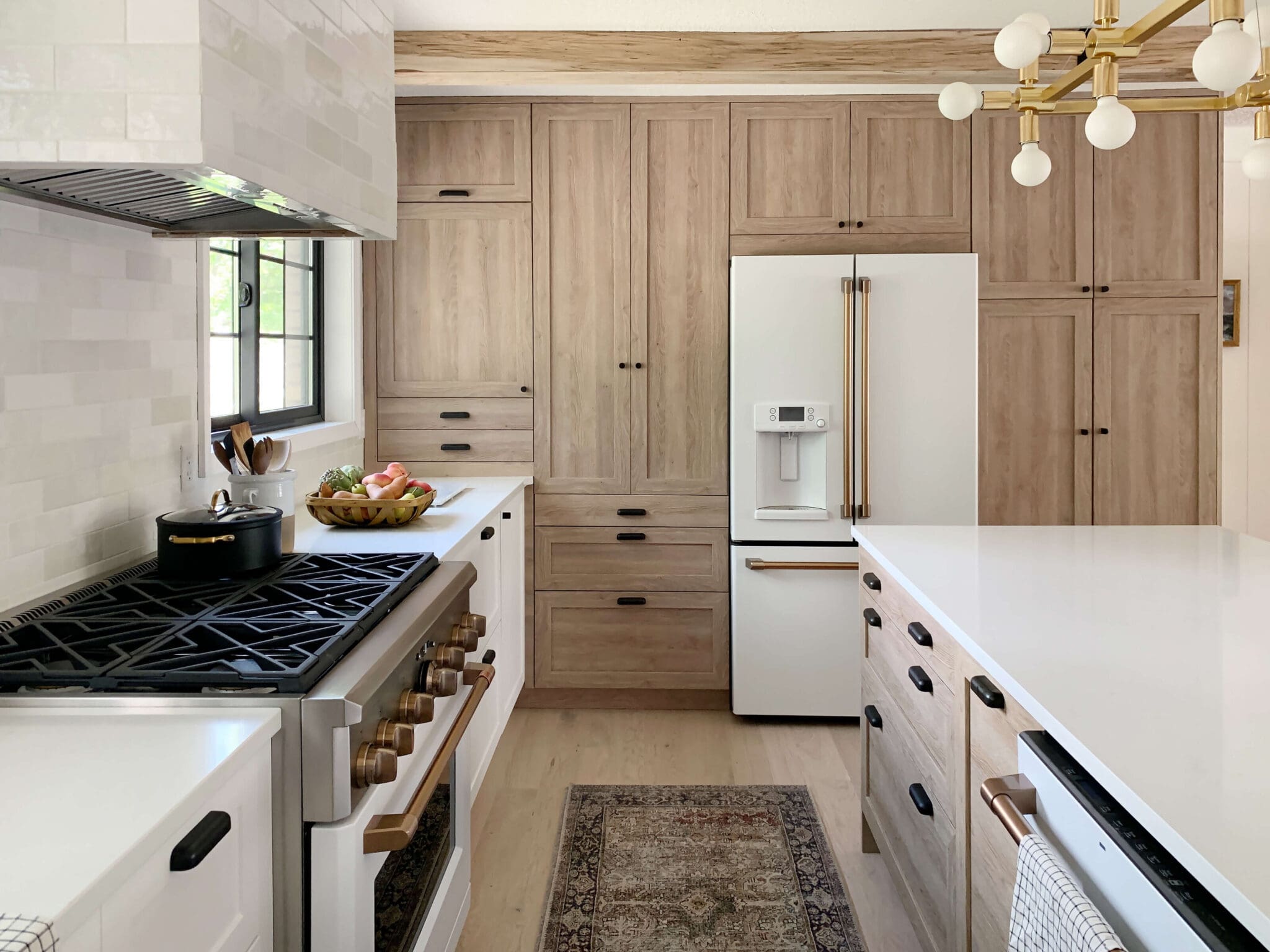
Portfolio
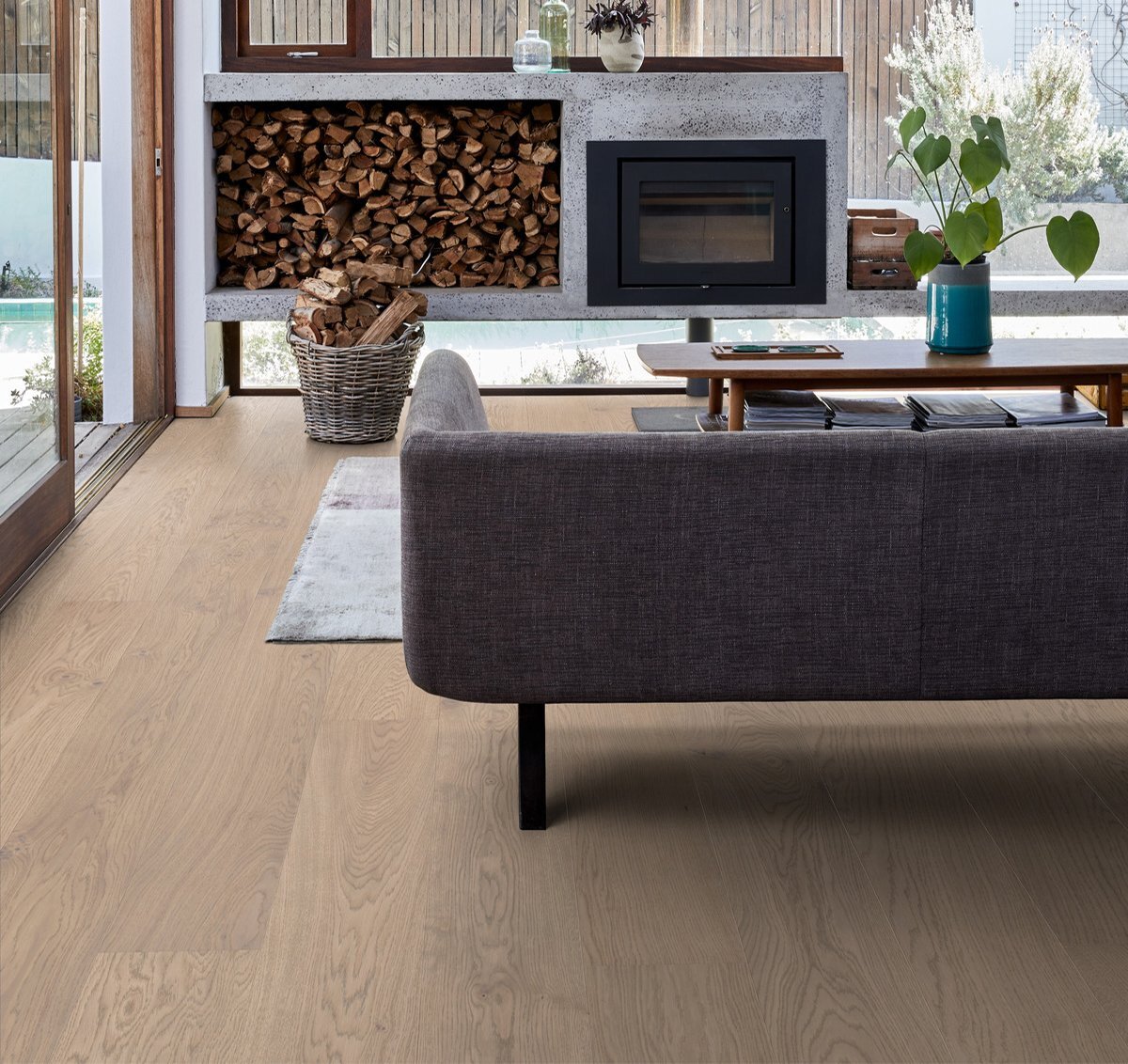
Projects
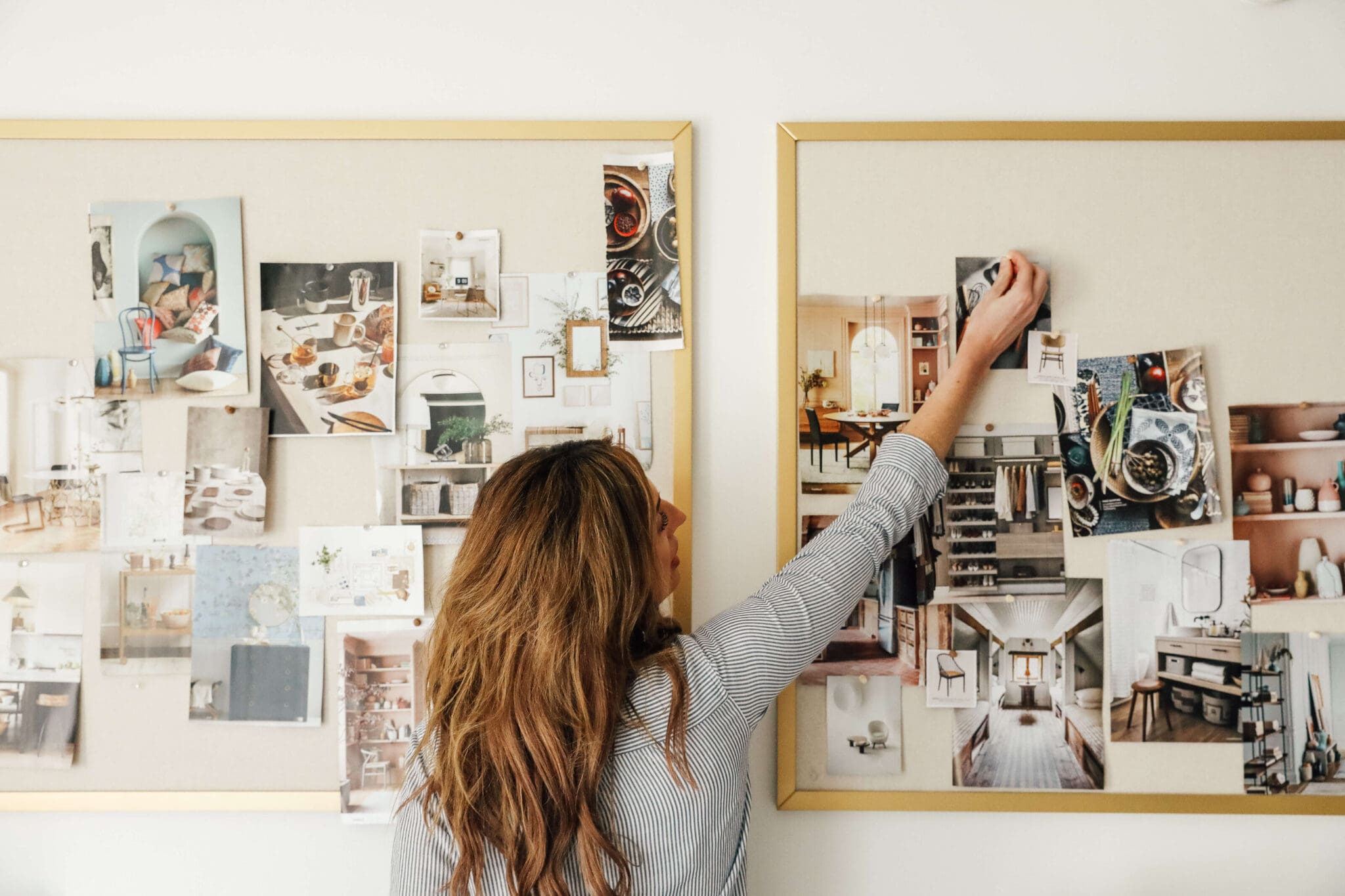












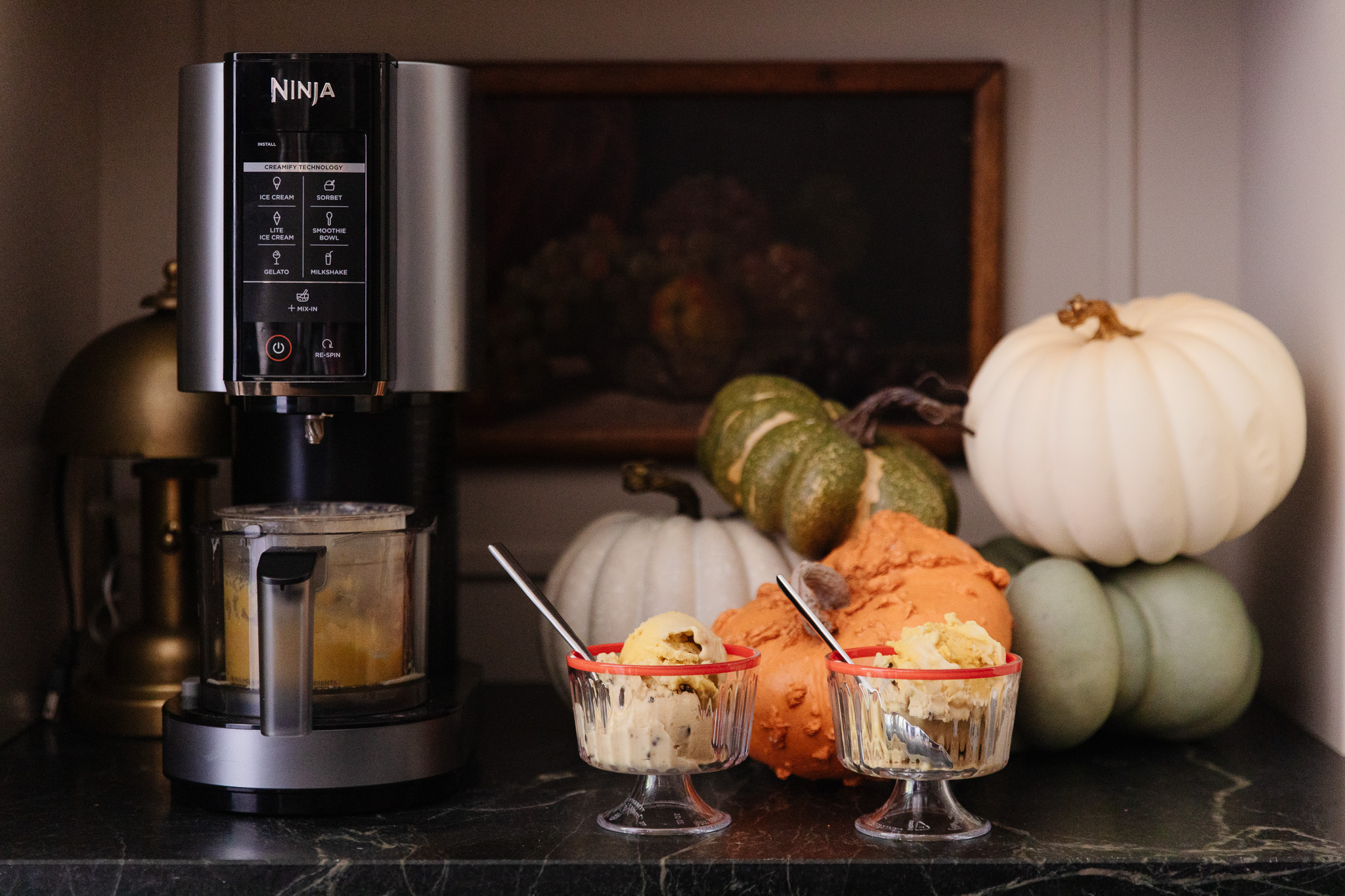


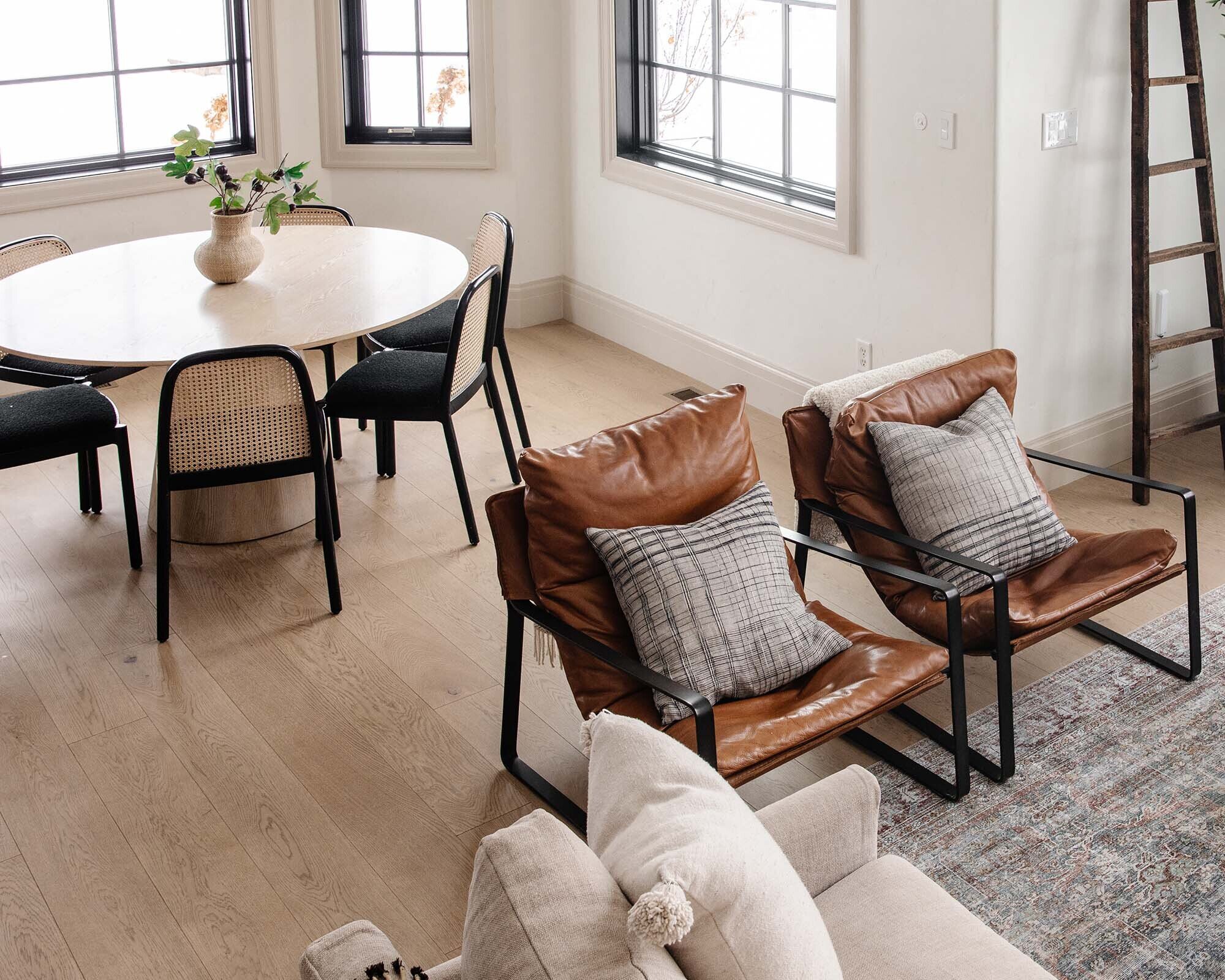



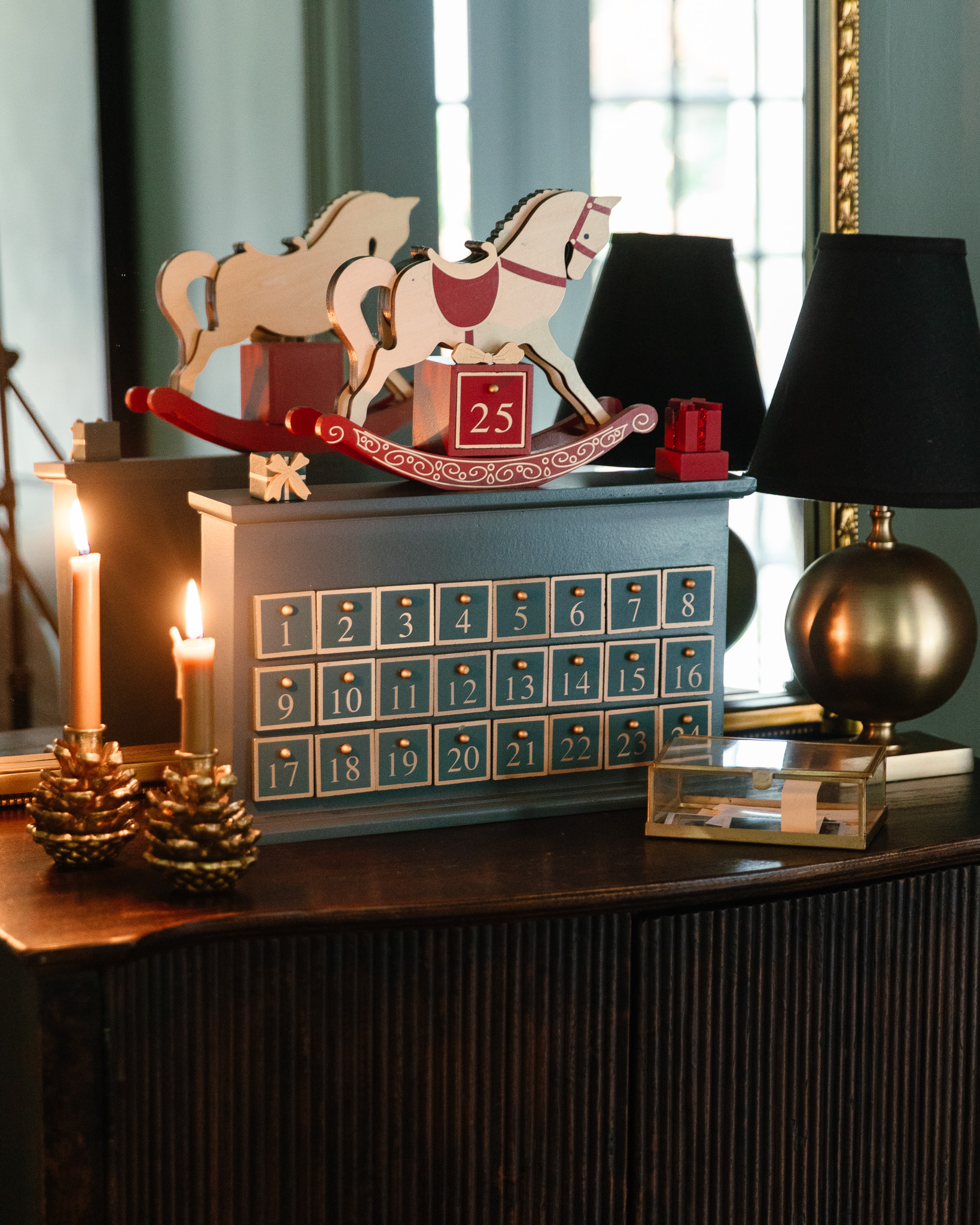
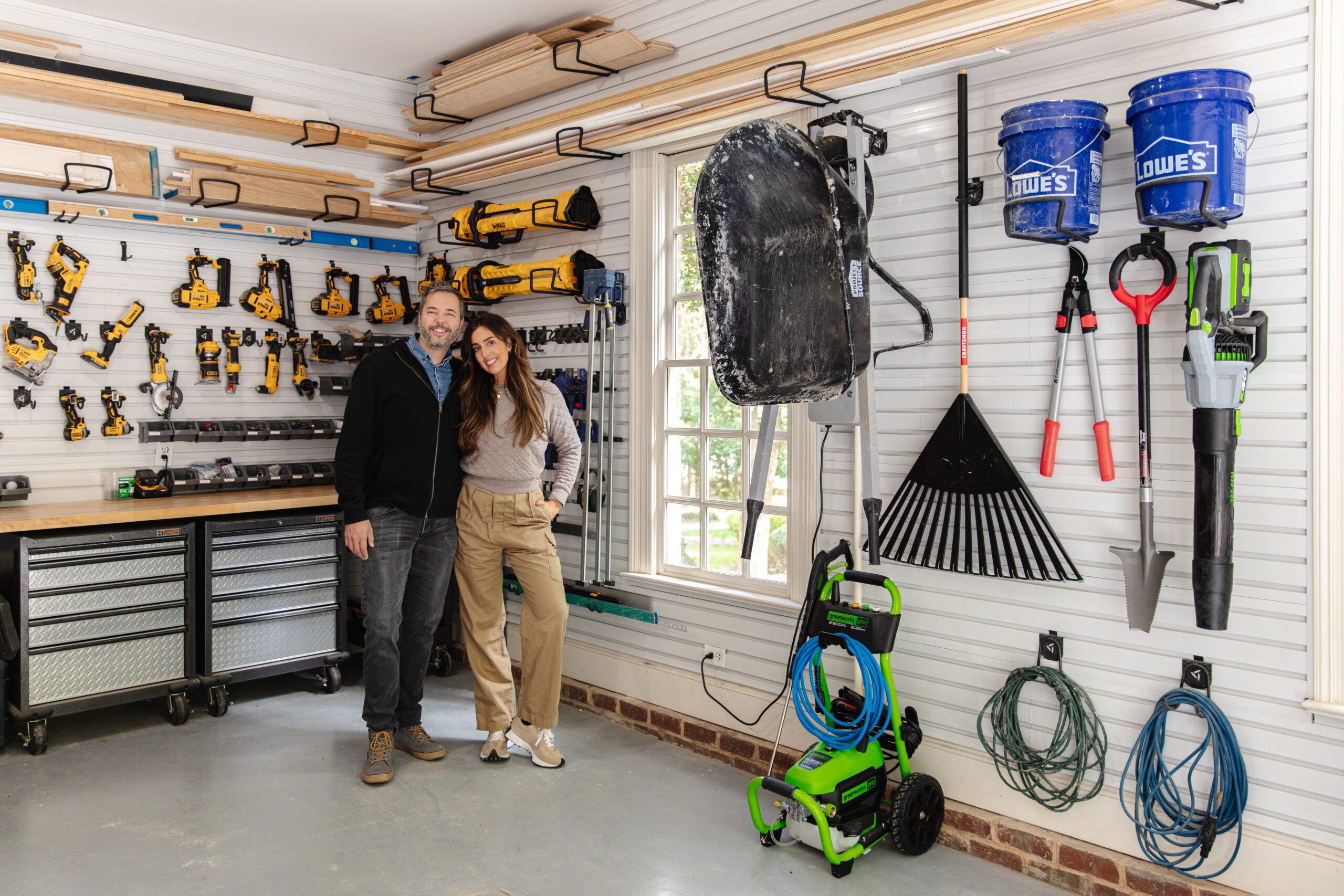
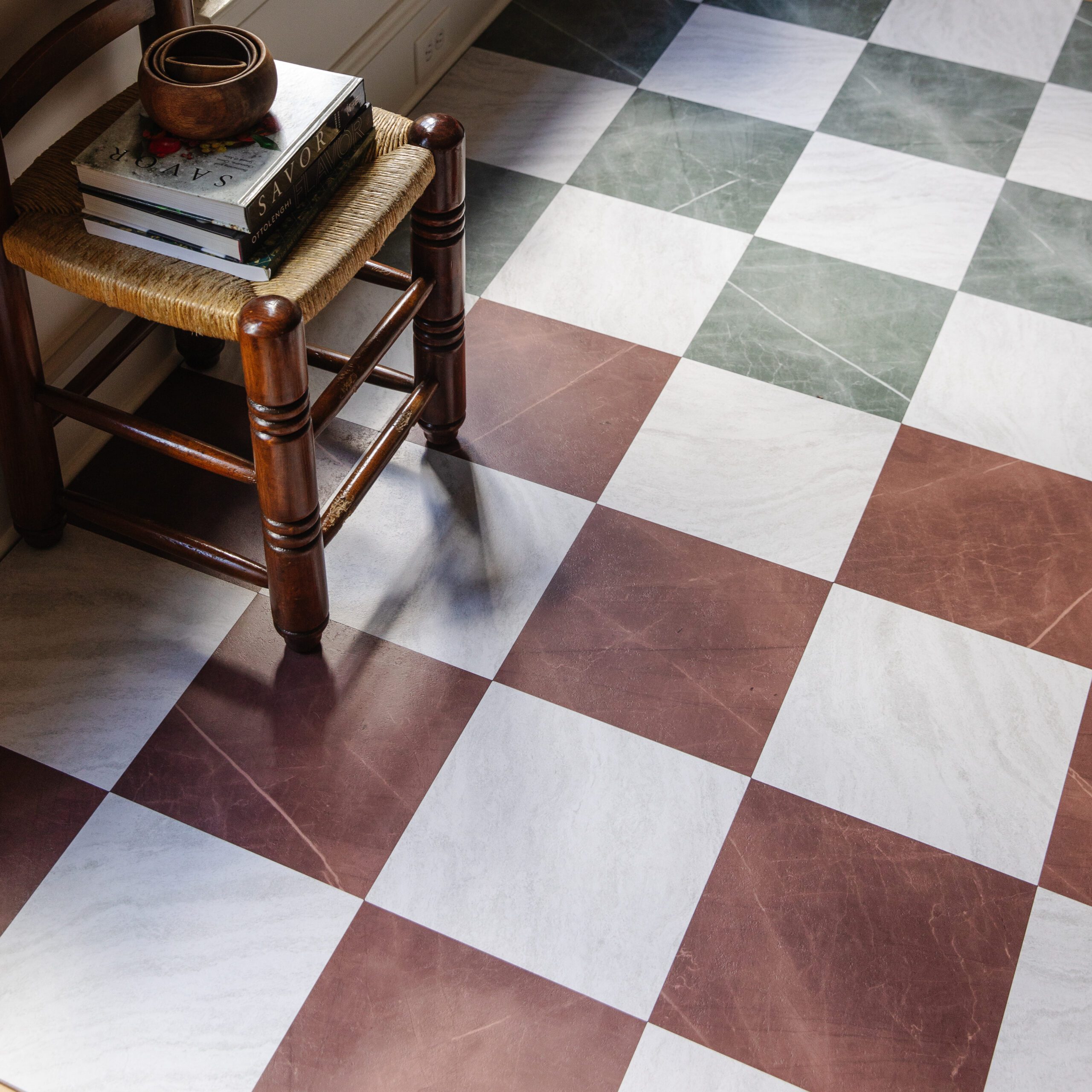
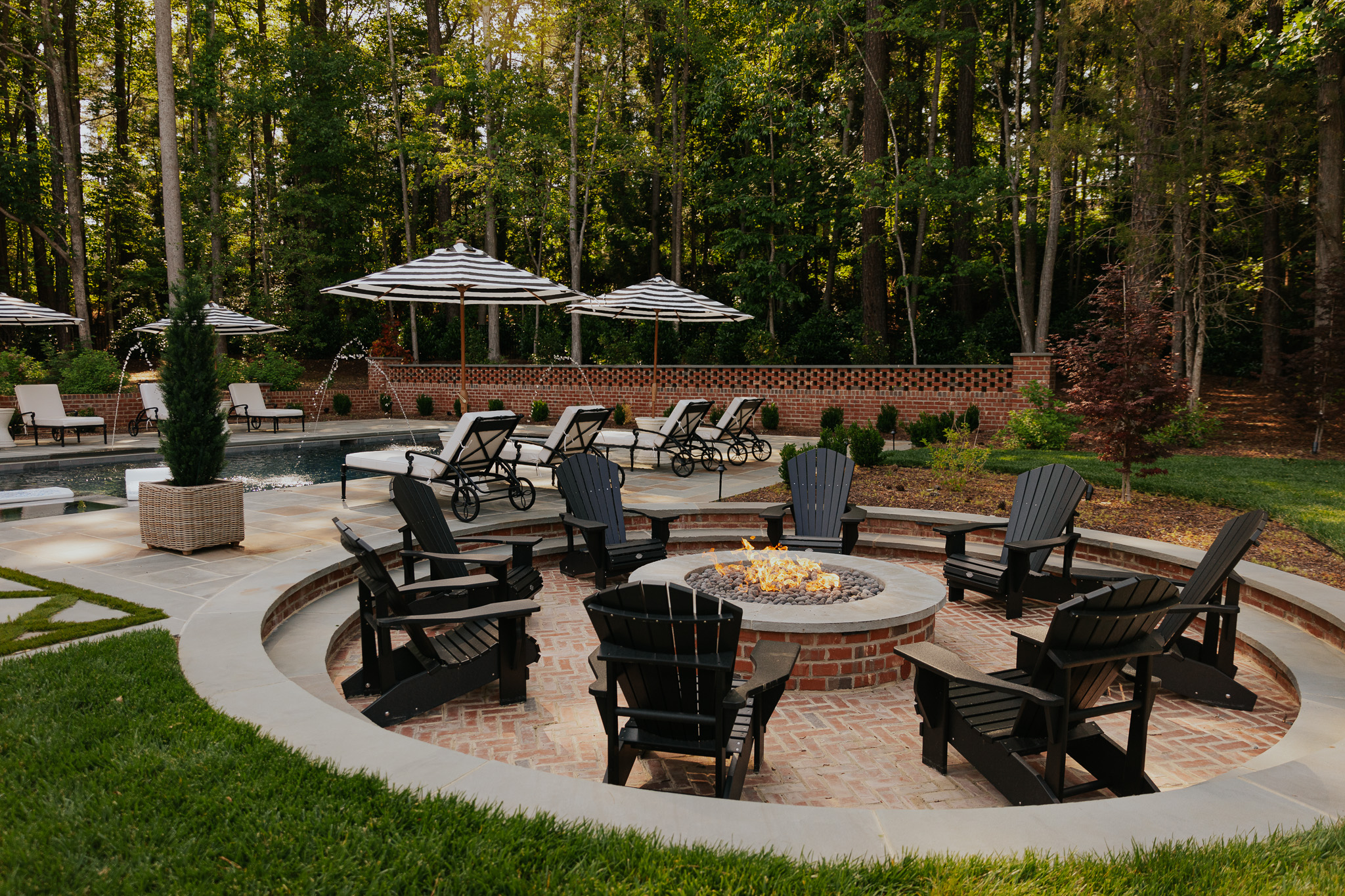

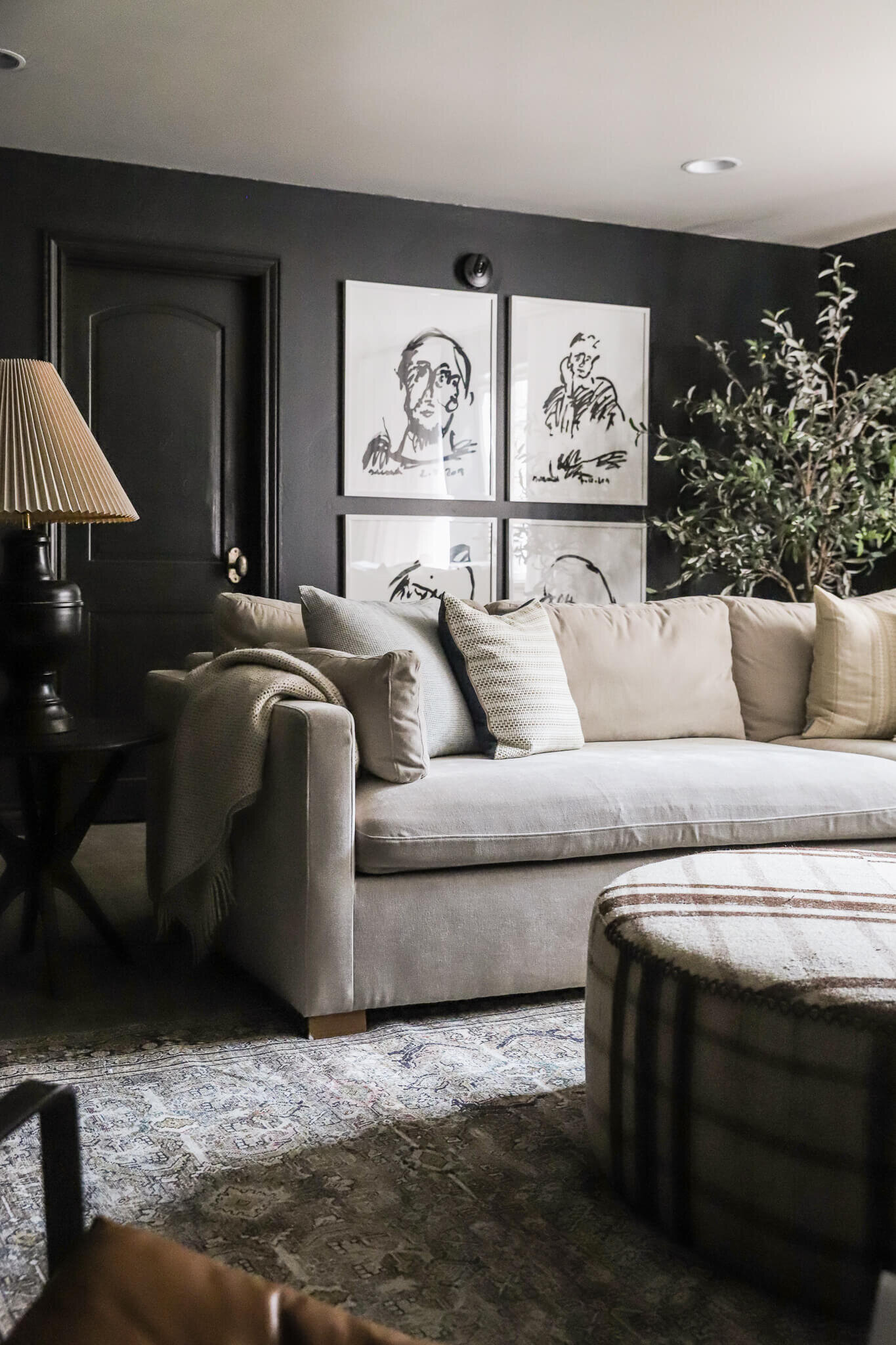










I have some rental walls to patch soon before we move out, I already know these steps but I still appreciate your clear, concise tutorial on it. I know there are plenty of bad ones floating around so it's always great to see one that makes it easier on people!
Any tips for patching an actual corner? We had a toddler head accident and now the corner of our wall is all crunched in. (An outside corner- more of a peak)
They actually sell forms at the hardware store that are meant for corners! Check them out.
I can't seem to get the texture spray to work well. Any tips?
The first spray, we always test on cardboard. You want to keep it at least 12" away, 18" is even better and move quickly. If it's clogged, try running it under hot water.
There's also different degrees of texture available with every nozzle. So, if you'd like something more fine, turn the top accordingly.
Thanks so much for this! I have lots of little areas that need touch up and I had not gotten around to researching how to take care of them. Now I don't have to! :)
Are you still enjoying your wallpaper?
Yes!
Fun extra use for the textured wall spray - I used it "flock" an old Christmas wreath!
I'm not much of a crafter, but this is a great idea!
Good starter tips and yours blends well because of the texture but on most walls a patch that small will show as a lump. You need a wider drywall blade and at least 3 coats that are progressively wider, up to 3-4 times the width of the original hole. Just a tip from lots and lots of smooth wall experience.